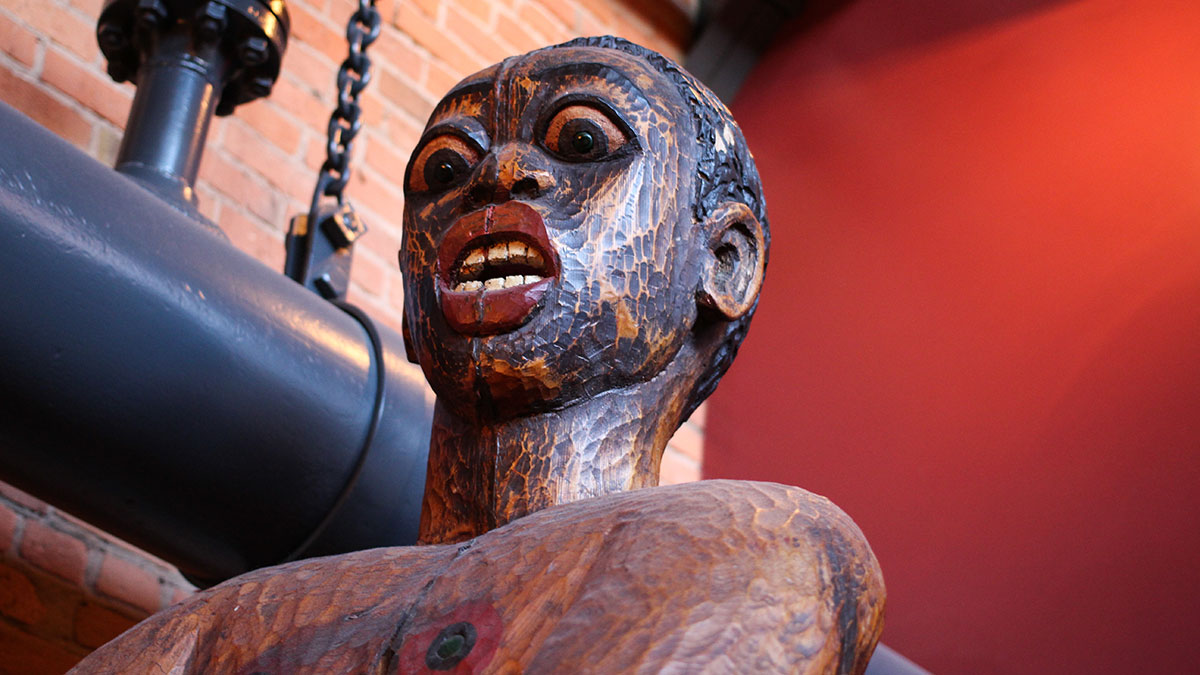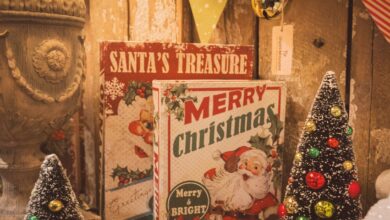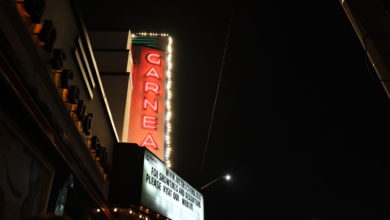 Christina Varvis
Christina VarvisThere’s a fascinating history behind the gigantic statue tucked in the corner of Dewey’s. Berlings Kaunda, a black Malawian and pioneer of contemporary African art, created the piece, “Sky and Earth,” during the Commonwealth Games in 1978. The 800-pound red cedar and malachite sculpture is inspired by traditional African fertility dolls and exemplifies a common theme in Kaunda’s work: the co-existence of peace, conflict, love and suffering.
The piece was initially intended to be displayed at the Jubilee Auditorium. However, when Kaunda went to sign his work at the auditorium, he discovered that staff had shrouded the statue with plastic. Shortly thereafter, it was moved into storage. Larry Trahan, the acting manager of the Jubilee at the time, told reporters that it would have offended church groups visiting the auditorium. “We removed it before we had complaints,” he said. “Do you think it would have been suitable — have you seen it?”
The piece was then donated to University of Alberta Museums, and is part of the university’s public art collection. For reasons that remain murky, someone decided that the Graduate Students’ Association should display the piece, and it was installed in the Powerplant, a space since taken over by the Students’ Union. Since its arrival, “Sky and Earth” has been an object of curiosity and controversy. Most recently, some students have expressed concerns that the statue is racist. In a piece for The Gateway published on March 2, Munira Abdulkhadir wrote that “such a provocative sculpture can definitely trigger a Black student and can have someone think that the U of A is a racist institution.” Abdulkhadir would like the statue moved into a museum.
But moving the piece is a complicated proposition. The statue still technically belongs to the University of Alberta, but is located in a business owned and operated by the Students’ Union. Because the piece is too large to fit through any existing exit without destroying it, the SU would have to close Dewey’s for renovations and dismantle a wall in order to remove it. And even if the statue could be moved, displaying it in a museum isn’t necessarily a feasible option: there’s a lack of museum space on campus that could house the massive sculpture. Currently, most of the 9,000 pieces of art that make up the university’s art collection are only available for viewing by appointment. Returning the statue to University of Alberta Museums would essentially be relegating it back to storage to be ignored.
The main problems with the piece’s current location seems to be its lack of context, something that’s far easier to address. The Students’ Union has worked with University of Alberta Museums to create a high-quality plaque explaining the piece’s provenance and significance, which was installed this week. We’re also exploring the option of moving the statue into a more central position in Dewey’s, to avoid having either of the figures facing into a corner and allow students to view the piece from all angles, as was originally intended by the artist.
We can only imagine how Kaunda, who died in 2010, would have responded to the criticisms of his work. Regardless, the sculpture’s history is precisely what makes it worth displaying. I hope that providing more information about the piece will allow students to appreciate its meaning and be glad that such a unique and storied work of art found a home on campus




